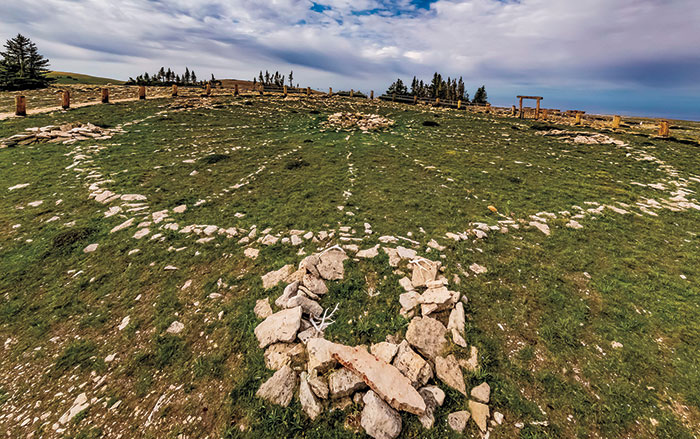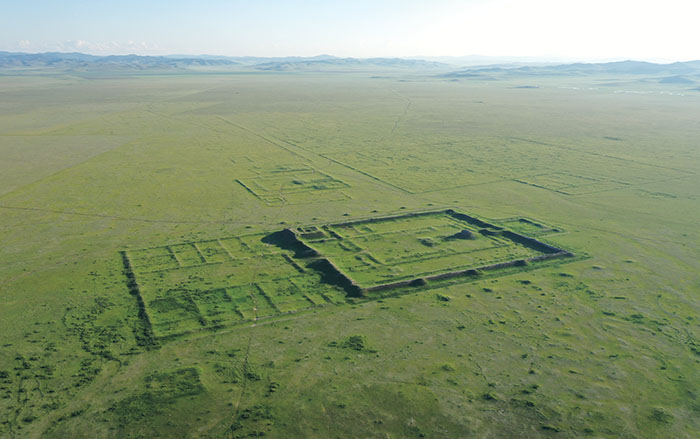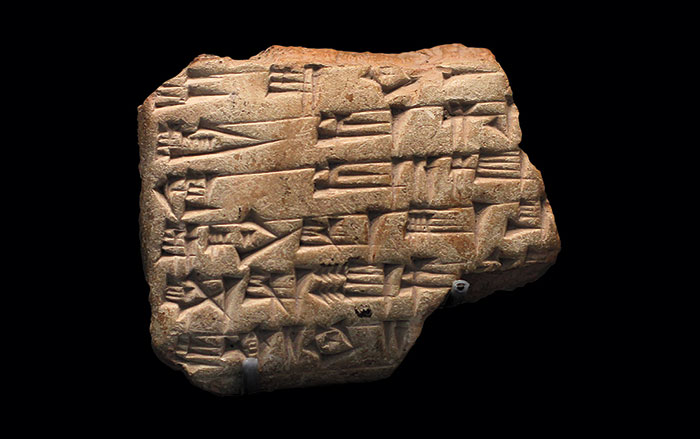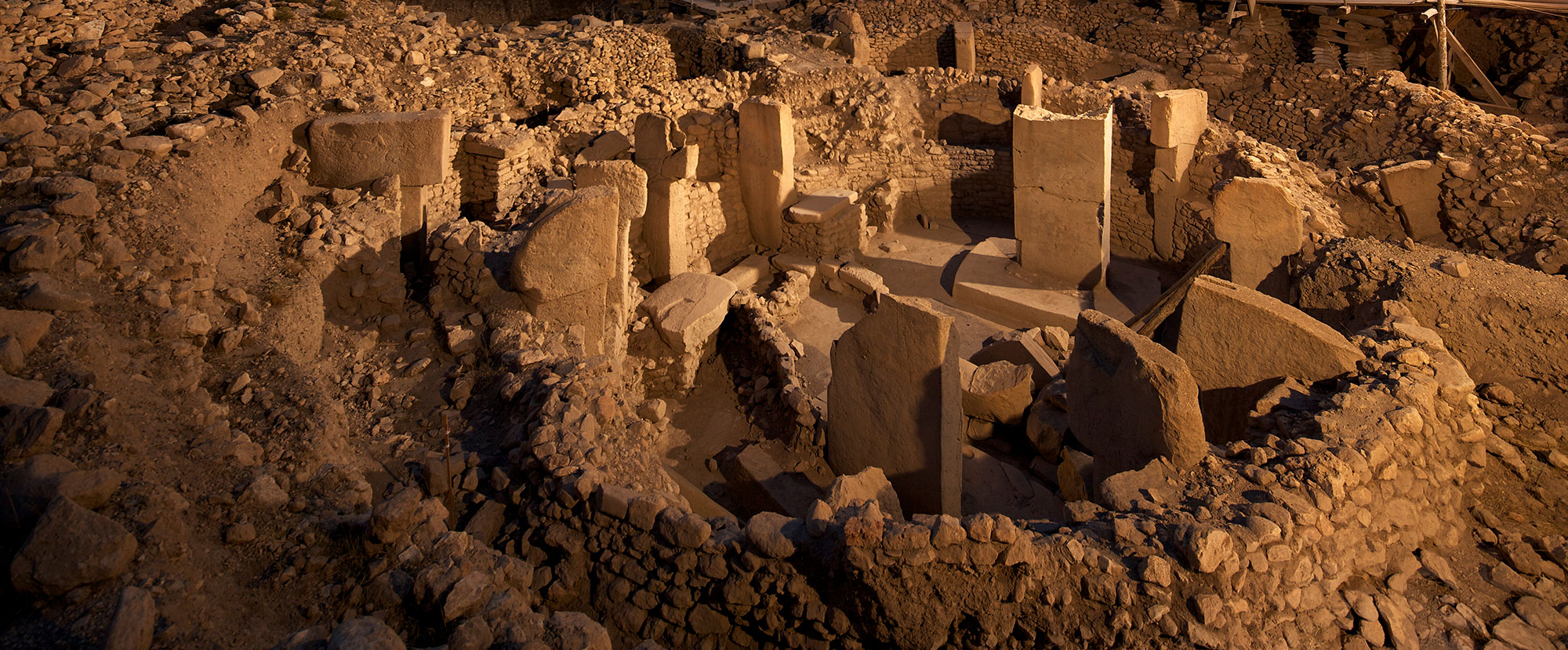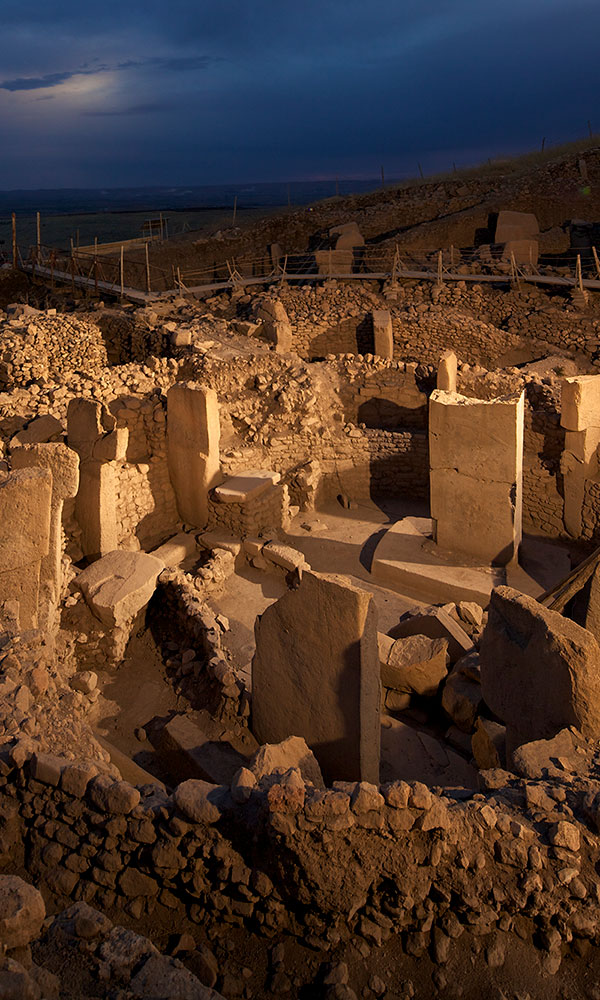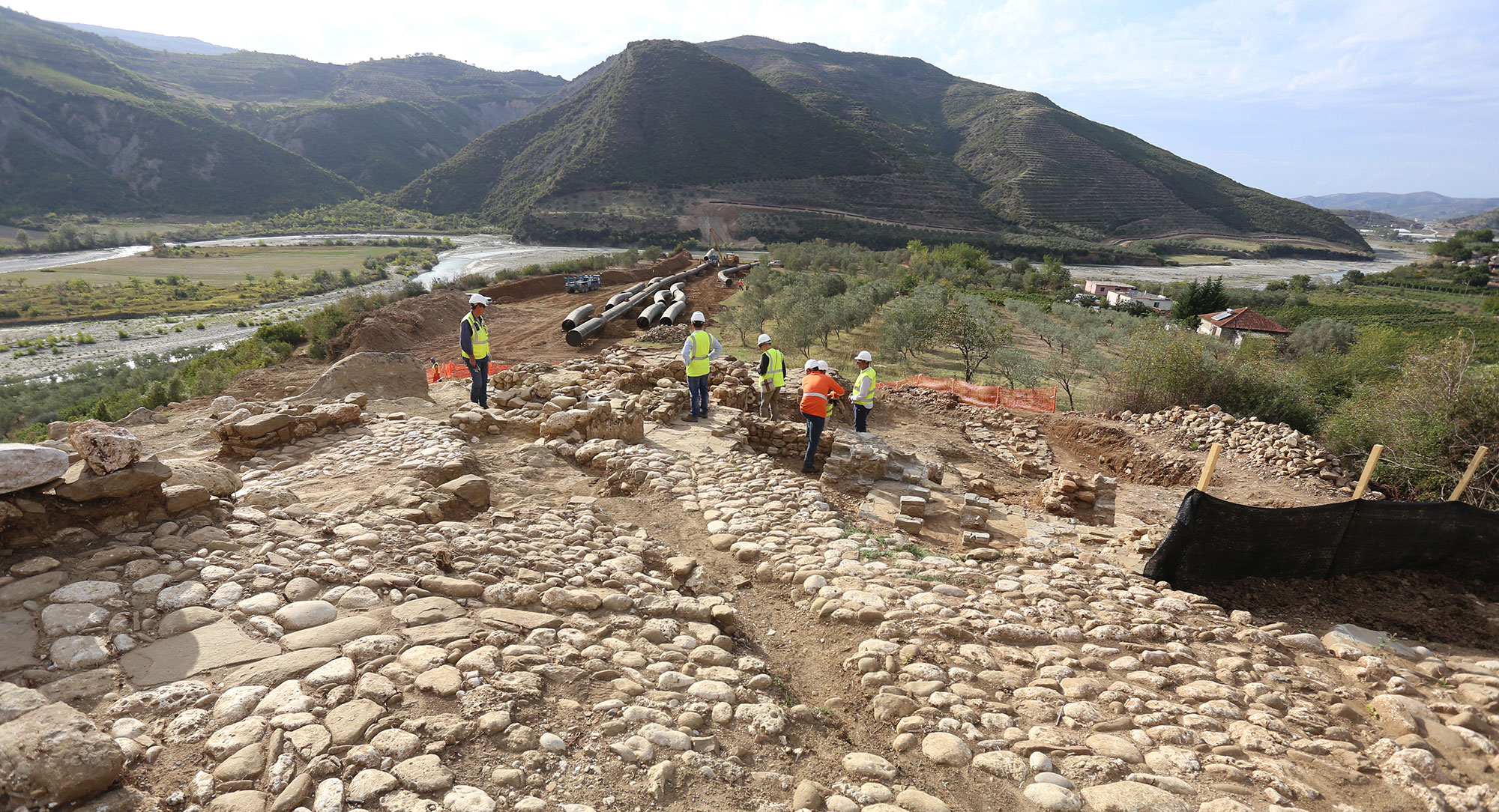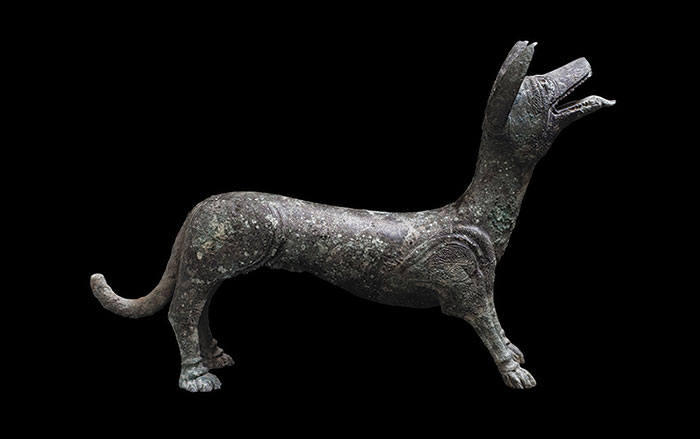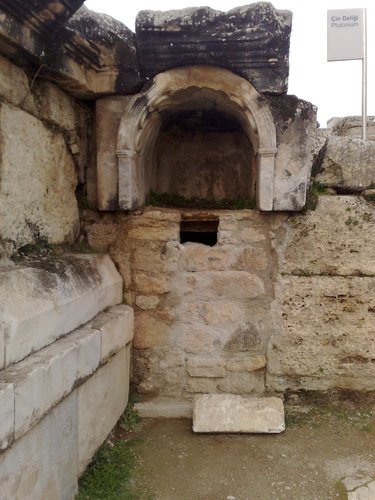
DUISBURG, GERMANY—Science Magazine reports that volcano biologist Hardy Pfanz of the University of Duisburg-Essen and his colleagues measured the concentration of carbon dioxide emitted from the cave-like grotto at the temple dedicated to Pluto, the Roman god of the underworld, in Hierapolis. The visible mist still pours from deep fissures in the earth under the Plutonium into an open-air arena surrounded by raised stone seating. Pfanz and his team found that the warmth of the sun during the day dissipates the gas, but in the cool of the night, the gas, which is slightly heavier than the air, collects on the floor of the arena. At dawn, the concentration of carbon dioxide on the arena floor would have been strong enough to kill animals and people within a few minutes. Pfanz suggests the temple priests probably led bulls and other animals into “the gates of hell” for sacrifice in the morning, when their heads would not have risen above the layer of gas, while the priests themselves would have been safe. As the animals became dizzy, their heads would have dropped even lower into the carbon dioxide layer until they suffocated. For more, go to “Portals to the Underworld.”


